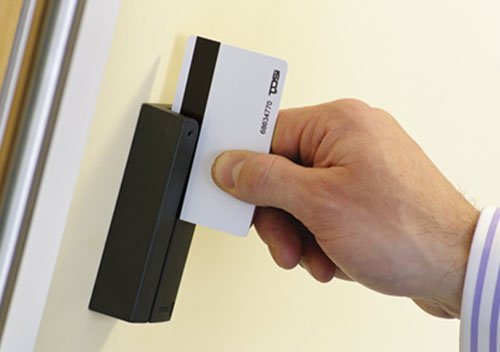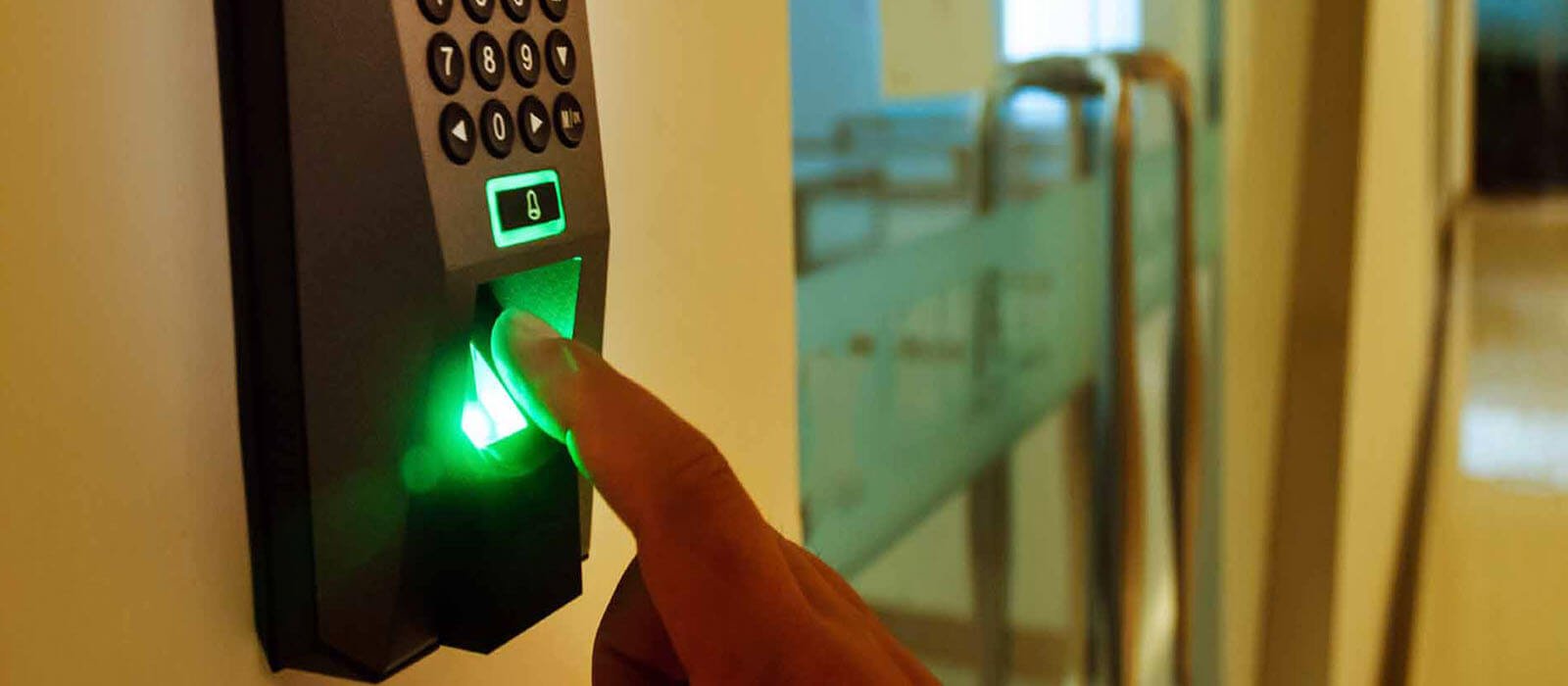The Evolution of Access Control
The goal of access control has always been the same- maintain the integrity of your building. It is one of the most fundamental ways to minimize business risks, and like everything else security, its evolution has been necessitated by evil-doers
When looking at access control, there are two types. Physical and Logical.
Physical access control limits access to buildings, restricted areas, and rooms.
Logical access control involves connections to computer networks, system files, and data.
In this article, we will be looking at the evolution of physical access control. You can find more information on logical access control here.
An Access Control system helps keep the wrong people out,
Let the right people in,
and keep a log of all entries and exits.
Where it Started
From the beginning of modern civilization, humans have had a need to protect their valuables. The first known locking device was made in Egypt around 6,000 years ago and consisted of ropes with multiple, intricate knots.
The next major advancement in locking technology occurred during the Roman Empire when the metal lock was first invented. This is the first true iteration of the lock and key that we know today.
Since then the design has been improved, made more resilient to lock picking, and made smaller and lighter, but the essential concept has remained the same.
That is Until…
1967 when the first PIN access control device was created. The PIN controlled lock was the first major technical advancement to locking mechanisms. It involved a keypad and a pin number, similar to modern-day ATM machines. It was a great invention to prevent lock pickers from gaining unwanted access, but it wasn’t without its drawbacks.
Sharing PIN with others- While a key could not be shared with many, the sharing of a 4 digit code is easily done. Any increase in the number of people who know the PIN reduced the security of the premises. All it took was a disgruntled employee to share the PIN with evil-doers.
Forgotten PINs were difficult to solve- Before the internet, it was very difficult to retrieve a forgotten PIN and involved a long process to regain access.
PIN locks are still commonly used today, and many have internet connectivity, which allows PIN numbers to be easily reclaimed and reset. However, as with anything connected to the internet, hackers want at it. Even with major advancements in cybersecurity, it is still possible for hackers to gain access to your PIN.
So Now What?
In the late-1970s, the hotel industry was looking for a way to stop replacing expensive and bulky room keys. Luckily for them, the magnetic strip technology that is common on modern-day debit/credit cards and hotel keys was invented in the ‘60s was becoming more reliable.
Commonly referred to as “Magstripe” cards, these keys were easily activated/deactivated and were comparatively cheaper and easier to replace. However, magstripe cards carried the same downfalls that modern-day credit cards do.
They demagnetize over time
Based on how they are configured, magstripe card readers can be manipulated by informed hackers to gain access—a major concern for operations with high-value or sensitive inventory.
RFID Technology (and the internet) Changed Everything
Two major inventions in the 1990s changed access control to what we know it as today. Firstly the internet made it possible for server-based networking and databasing.
Secondly, Radio Frequency Identification (RFID) was created, in part, to absolve key users from the demagnetizing issues of magstripe cards. RFID technology utilizes unique identification data programmed into the card (the “key”) and shares that data when a connected card reader is nearby through electromagnetic waves.
That identification data is then run through the access control database, and if that card has access to the door, it will be unlocked in a fraction of a second.
This technology changed everything about access control. Now, managers are able to determine which employees can access certain doors, during predetermined hours. Schedules can be set, and a log is kept with records of who accessed what door when.
Card readers have advanced to the point where high-tech door readers can be their own control panel instead of being wired to a master controller. These IP door readers utilize internet connectivity to check card credentials against a list created on a webpage, or even an app.
Multi-Functional Cards
Even with the best RFID technology, users are still required to keep a keycard on them, an extra item that they normally wouldn’t carry. But everybody keeps their phones on them 24/7, so it makes sense to make your phone the key!
Mobile access control is powered by Bluetooth technology, allowing phones, tablets, smartwatches, and any other Bluetooth-enabled device to act as a key that will communicate with the reader.
This type of access control allows for the most secure way to grant access to employees, but also visitors! You can send one-time access to somebody you know is coming to visit your building, you can grant one-week access to a contractor, or even three-month access for a summer intern.
What about… No Card Access Control?
You’ve seen the movies where somebody unlocks a door by putting their eye or hand on a scanner. While in the 1990s that was just a Hollywood prop, but in the 21st century, Biometric Security Devices are here. With biometric security, there is no physical key a visitor has to carry, they are the key!
Currently, this technology is very expensive and is too easily beaten to justify widespread commercial use. Biometric technology shows promise for true “keyless entry” but now they are just being used in high-security settings as an additional layer of security, in addition to some form of a PIN or RFID control system.
With advances in fingerprint scanning and both voice and facial recognition, it’s entirely likely that new biometric technologies will dominate the door security conversation in the decades to come.
Securing your Business with Current Technologies
Having oversight into the flow of traffic into your business is key in protecting your employees, inventory, and property. Current Technologies has helped countless organizations ditch the 6,000-year-old technology and upgrade to an access control system that fits their needs.
We are partnered with industry-leading manufacturers who are constantly evolving to keep pace with what business owners need in their facilities. Our engineers and technicians are highly skilled and knowledgeable to make sure your system runs the same on Day 1 and Day 1000.






